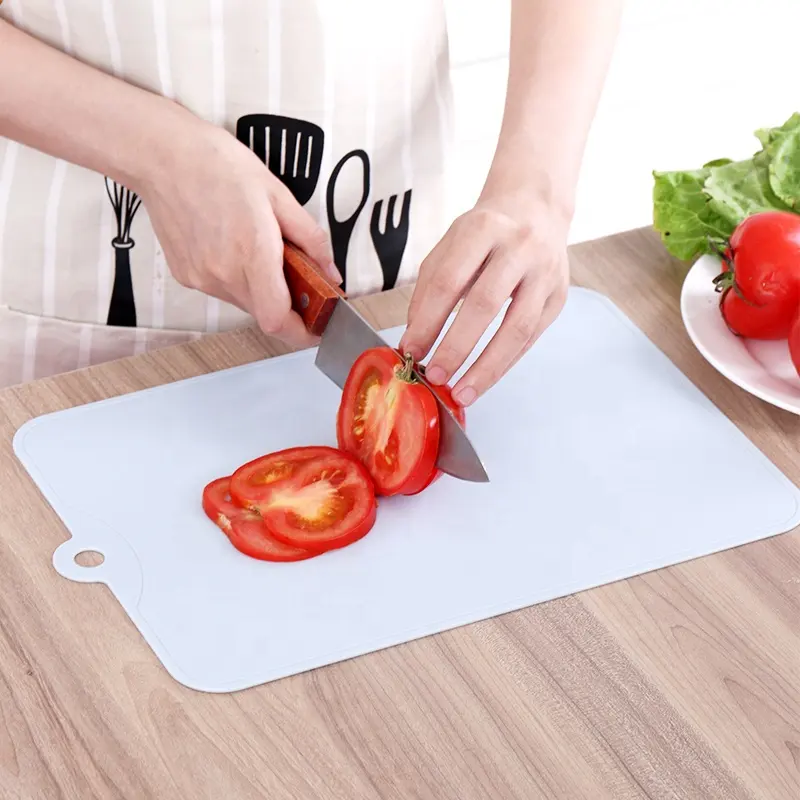“Beyond Traditional: Exploring the World of Steel Cutting Boards”
Introduction: In the dynamic world of culinary innovation, traditional tools are being reimagined and replaced with alternatives that offer enhanced functionality and style. One such departure from convention is the exploration of steel cutting boards. Going beyond the conventional wooden or plastic counterparts, steel cutting boards introduce a new dimension to the kitchen, blending cutting-edge technology with a commitment to precision and durability.
- Innovative Materials for Unparalleled Durability: Traditional cutting boards may succumb to wear and tear over time, but steel cutting boards are crafted from innovative materials that ensure unparalleled durability. Engineered alloys and tempered steel create a cutting surface that withstands the test of time, making them an investment for those seeking longevity and resilience in their kitchen tools.
- Enhanced Knife Performance: The synergy between steel cutting boards and knives is a culinary revelation. These boards, designed to be knife-friendly, contribute to the extended sharpness and longevity of cutting blades. The hardness of steel provides an ideal cutting surface, ensuring that knives maintain their edge, resulting in smoother and more precise cuts with every use.
- Specialized Designs for Varied Culinary Needs: Beyond the standard rectangular shape, steel cutting boards are available in a variety of specialized designs to cater to diverse culinary needs. From large surfaces for professional kitchens to compact designs for home cooks, the versatility of steel boards extends to shapes and sizes that complement specific cutting tasks, allowing chefs to choose the perfect board for each culinary endeavor.
- Customization and Personalization: The world of steel cutting boards embraces customization, offering an opportunity for personalization in the kitchen. Engravings, patterns, and unique finishes allow chefs to express their individuality and style through their choice of cutting board. This fusion of functionality and personal flair adds a layer of creativity to the culinary process.
- Multifunctionality and Adaptability: Steel cutting boards break free from the constraints of being solely cutting surfaces. Many designs incorporate features that transform them into multifunctional kitchen tools. Integrated scales, measurement guides, or magnetic strips for holding utensils offer added convenience, making steel cutting boards adaptable to various cooking styles and techniques.
- Sustainability in Design: In response to the growing emphasis on sustainability, steel cutting boards are often designed with eco-friendly considerations. Recyclable materials, responsible sourcing, and manufacturing processes that reduce environmental impact contribute to a more sustainable and conscientious choice for the environmentally conscious chef.
Conclusion: As we venture beyond traditional culinary tools, steel cutting boards emerge as a beacon of innovation in the kitchen. Their use of cutting-edge materials, emphasis on enhanced knife performance, specialized designs, customization options, multifunctionality, and commitment to sustainability collectively redefine the role of a cutting board. Exploring the world of steel cutting boards is an invitation to embrace the future of culinary craftsmanship—one where tradition meets technology to elevate the art of cooking to new heights.



